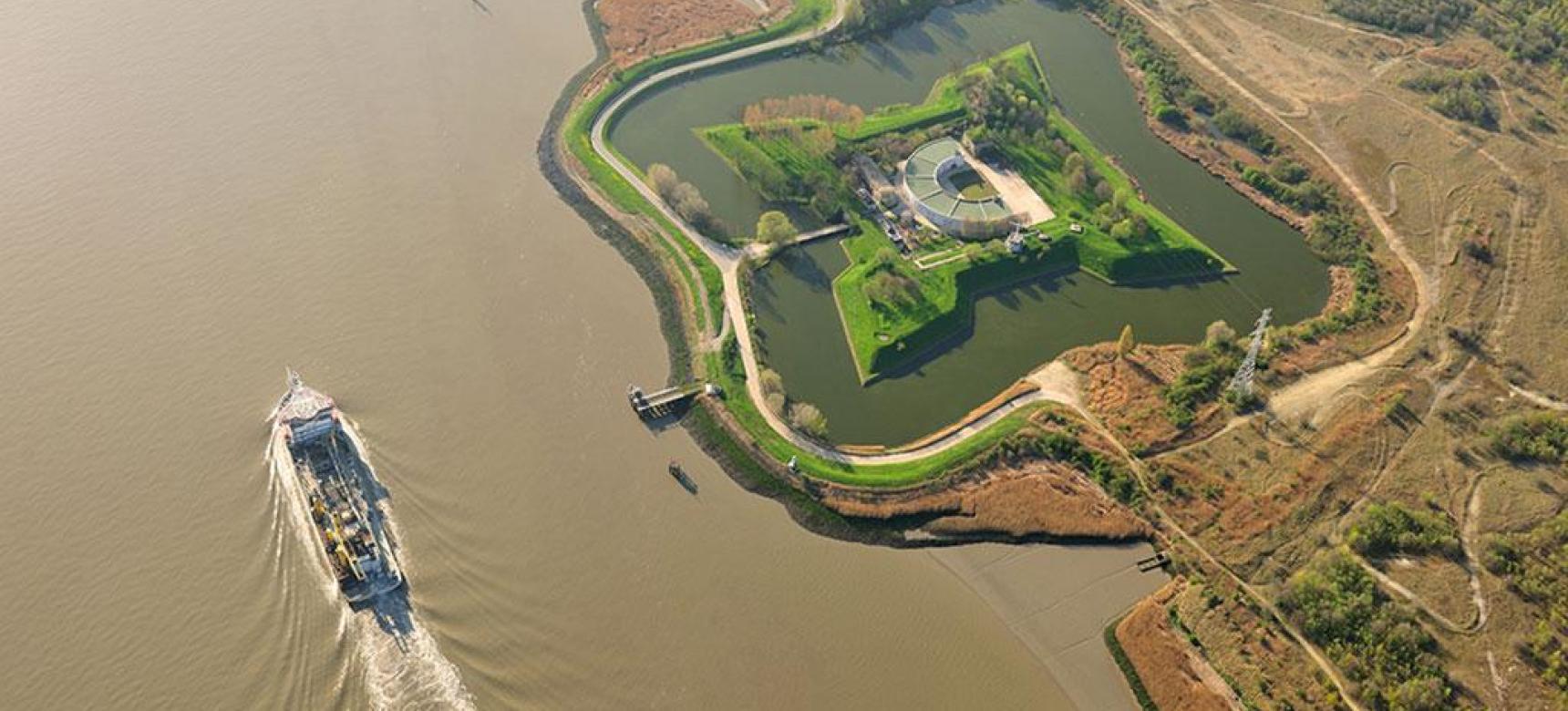Fort Liefkenshoek is one of the oldest forts in Flanders. This military structure from the late 16th century was built to protect the city and harbour of Antwerp against the advancing Spanish troops under Alexander Farnese. Together with Fort Lillo – on the opposite bank of the Scheldt – it played a crucial role in controlling shipping: together they could close off the Scheldt.
Over the years, Spaniards, Dutch, French and Austrians besieged both forts, which formed part of the Staats-Spaanse Linies, a military defence network from the Eighty Years’ War up to the French era. The fort changed hands several times: it served as a quarantine station, a naval base, a holiday resort for professional soldiers and more. The oldest buildings date from the Napoleonic period (1810–1811).
